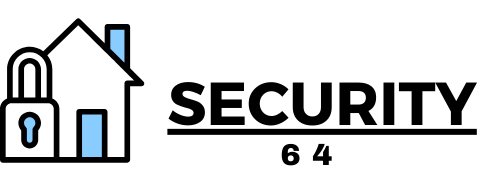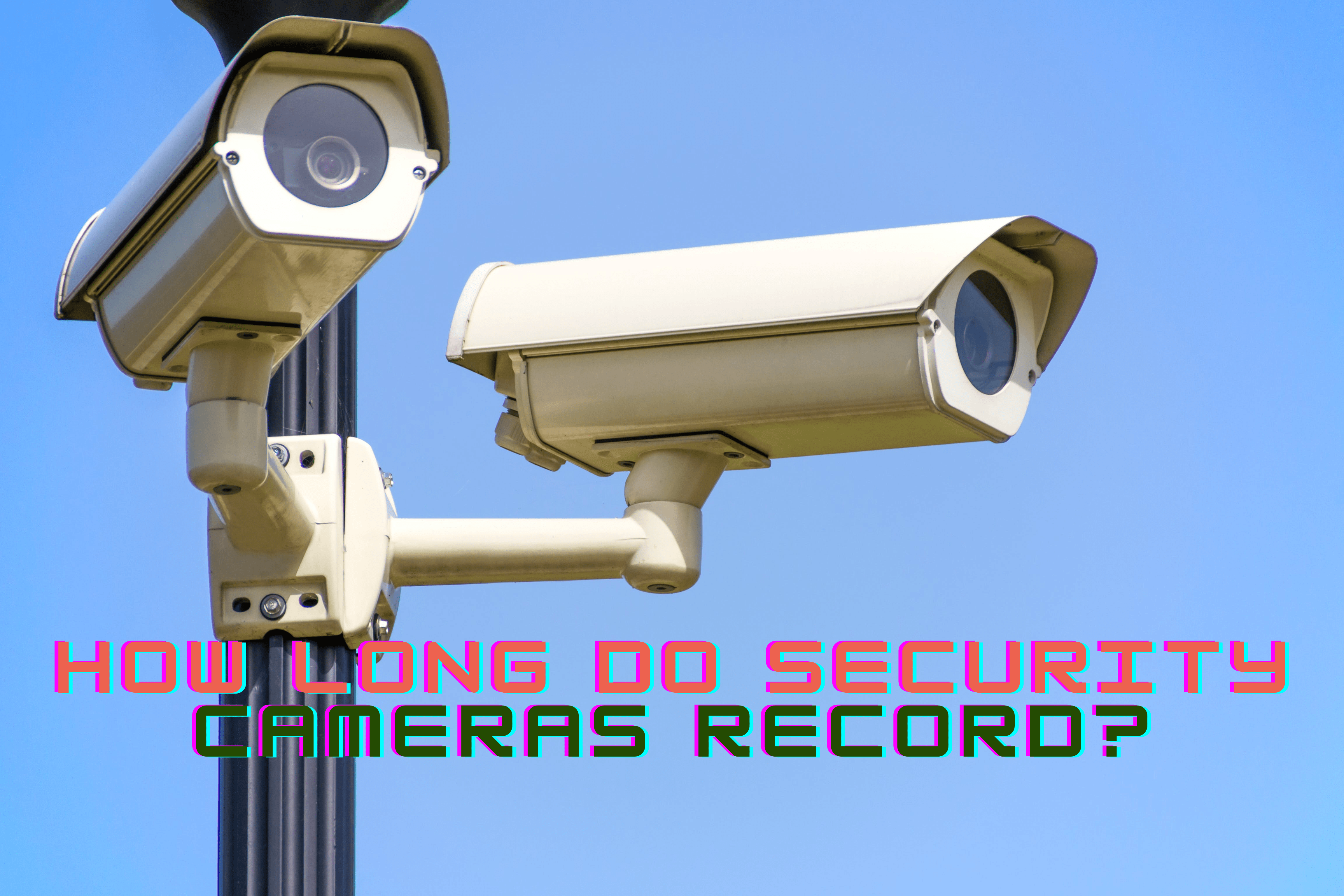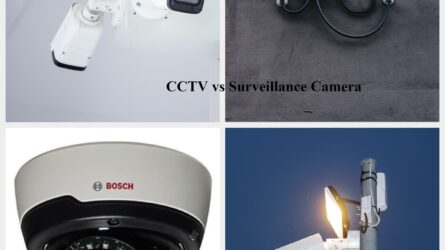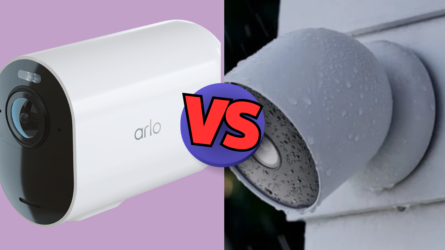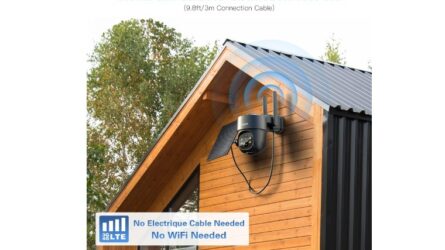Security cameras play a crucial role in modern surveillance systems, ensuring the safety of people and properties while deterring potential threats. One question that arises when people consider purchasing a security camera is how long these cameras can record before running out of storage space. In this article, we will delve into the various storage options available for security camera systems and explore the factors that affect recording duration.
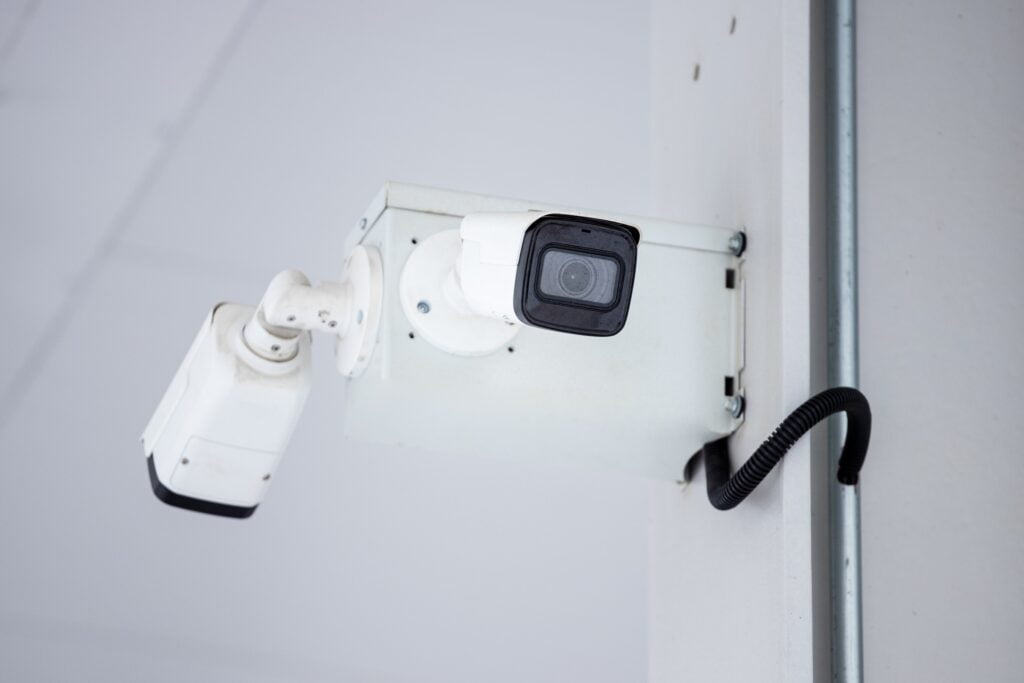
How Security Cameras Function:
Security cameras capture video footage using image sensors and lenses. These cameras are connected to a recording device, either a Digital Video Recorder (DVR) or Network Video Recorder (NVR), which processes and stores the recorded video. When an event triggers the camera, such as motion detection or a scheduled recording, the camera starts capturing video, which is then saved onto the storage device for later retrieval and analysis.
Storage Options:
When considering how long Surveillance Cameras Record, it is essential to understand the recording and storage methods employed. While older camera systems may have relied on tapes or DVDs, modern security solutions typically utilize one of the following methods:
Hard Drives:
Hard drives are commonly used for storing security camera footage. The footage is recorded onto internal or external hard drives connected to the recording device, such as a Digital Video Recorder (DVR) or Network Video Recorder (NVR). Hard drives offer ample storage capacity and can retain a significant amount of footage depending on their size.
SD Cards:
SD (Secure Digital) cards are compact storage devices commonly used in smaller security camera systems or portable setups. These cards are inserted directly into the camera itself and serve as a storage medium for recorded video. However, SD cards generally have limited storage capacity compared to hard drives or other storage options, resulting in a shorter retention period for the footage.
Servers or DVRs:
Some security camera systems utilize dedicated servers or Digital Video Recorders (DVRs) for storing and managing the recorded footage. These devices often feature multiple hard drives or large storage capacities, allowing for extended retention periods. Servers or DVRs offer centralized storage and can support multiple cameras simultaneously.
Cloud Storage:
Cloud storage has gained popularity in recent years as a convenient and scalable solution for storing security camera footage. With cloud storage, the recorded video is securely uploaded and stored on remote servers accessible through an internet connection. This method eliminates the need for physical storage devices on-site and provides flexibility, remote access, and off-site backup capabilities. The amount of footage that can be stored in the cloud depends on the subscription plan or storage space allocated by the service provider.
Factors Affecting Recording Duration:
Several factors influence how long security cameras can record before storage capacity is reached. Understanding these factors is crucial for estimating recording duration and planning storage requirements.
A. Resolution and Quality Settings:
Higher resolution and quality settings result in larger file sizes, consuming more storage space. Cameras with higher resolutions, such as 4K or 1080p, produce clearer and more detailed footage but require more storage capacity compared to cameras with lower resolutions.
B. Number of Cameras in the System:
The number of cameras in the system directly impacts the storage requirements. Each camera captures footage simultaneously, which increases the overall storage consumption. As the number of cameras increases, so does the need for additional storage capacity.
C. Storage Capacity and Retention Settings:
The available storage capacity determines how much footage can be stored before older recordings are overwritten. It is important to consider the storage capacity of your chosen storage solution and set appropriate retention settings based on your needs. Longer retention periods require larger storage capacity.
D. Motion Detection vs. Continuous Recording:
Choosing between motion detection and continuous recording affects recording duration significantly. Motion detection triggers the camera to start recording only when there is activity, conserving storage space. Continuous recording, on the other hand, captures footage continuously, resulting in higher storage consumption.
Factors Affecting Recording Duration
Resolution and Quality Settings:
The resolution and quality settings of security cameras play a significant role in determining the recording duration. Higher resolution settings, such as 4K or 1080p, produce more detailed and clearer images but require more storage space. Lower resolution settings may reduce the image quality but can extend the recording duration.
Number of Cameras in the System:
The number of cameras in the system directly affects the recording duration. Each camera requires storage space to store its footage. As the number of cameras increases, the overall recording duration decreases unless additional storage capacity is provided.
Storage Capacity and Retention Settings:
The storage capacity of the recording device, whether it is a local hard drive or cloud-based storage, determines how much footage can be stored. Additionally, retention settings define how long the footage is retained before being overwritten. The more storage capacity available and the longer the retention period, the more footage can be stored.
Motion Detection vs. Continuous Recording
- Motion detection is a feature that allows cameras to start recording only when motion is detected in their field of view. This significantly reduces the amount of footage recorded and prolongs the recording duration.
- On the other hand, continuous recording captures footage continuously, which consumes more storage space and shortens the recording duration.
Adjusting Recording Settings for Optimal Usage
A. Balancing Quality and Storage Needs:
To achieve optimal usage of security cameras, it is crucial to strike a balance between image quality and storage requirements. Assess the specific needs of the surveillance area and determine the necessary resolution and quality settings accordingly. Higher-risk areas may require higher image quality, while lower-risk areas could use lower settings to conserve storage space.
B. Utilizing Motion Detection and Scheduling Options:
Motion detection is an effective way to maximize recording duration. By configuring cameras to record only when motion is detected, unnecessary footage is minimized. Scheduling options can also be utilized to specify when motion detection should be active, such as during nighttime or when the premises are unoccupied.
Recap
Ultimately, the length of time security cameras can record before running out of storage will vary based on the factors discussed above. Regular monitoring and maintenance of the storage capacity and settings will ensure uninterrupted surveillance and the availability of recorded footage when needed.
Sources:
- Reolink, https://reolink.com/how-long-can-a-security-camera-record/
- Axis Communications, https://www.axis.com/en-us/learning/web-articles/how-much-video-data-storage-do-i-need
- Security Camera Warehouse, https://www.security-camera-warehouse.com/blogs/surveillance/security-camera-system-storage
